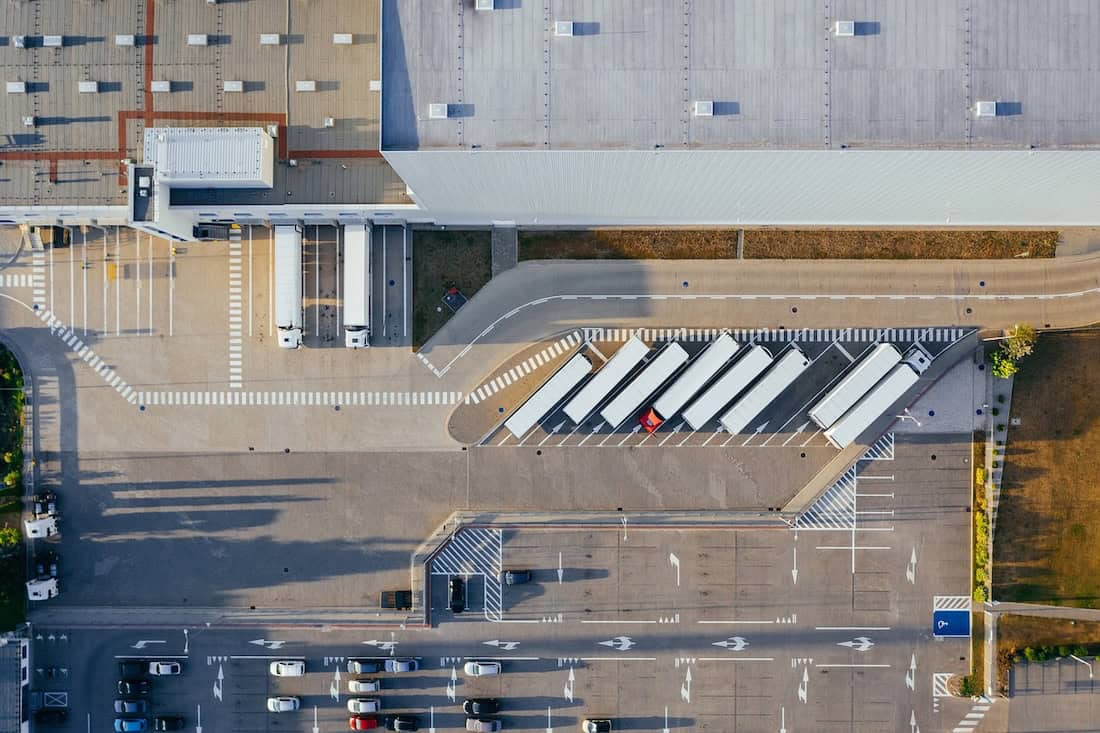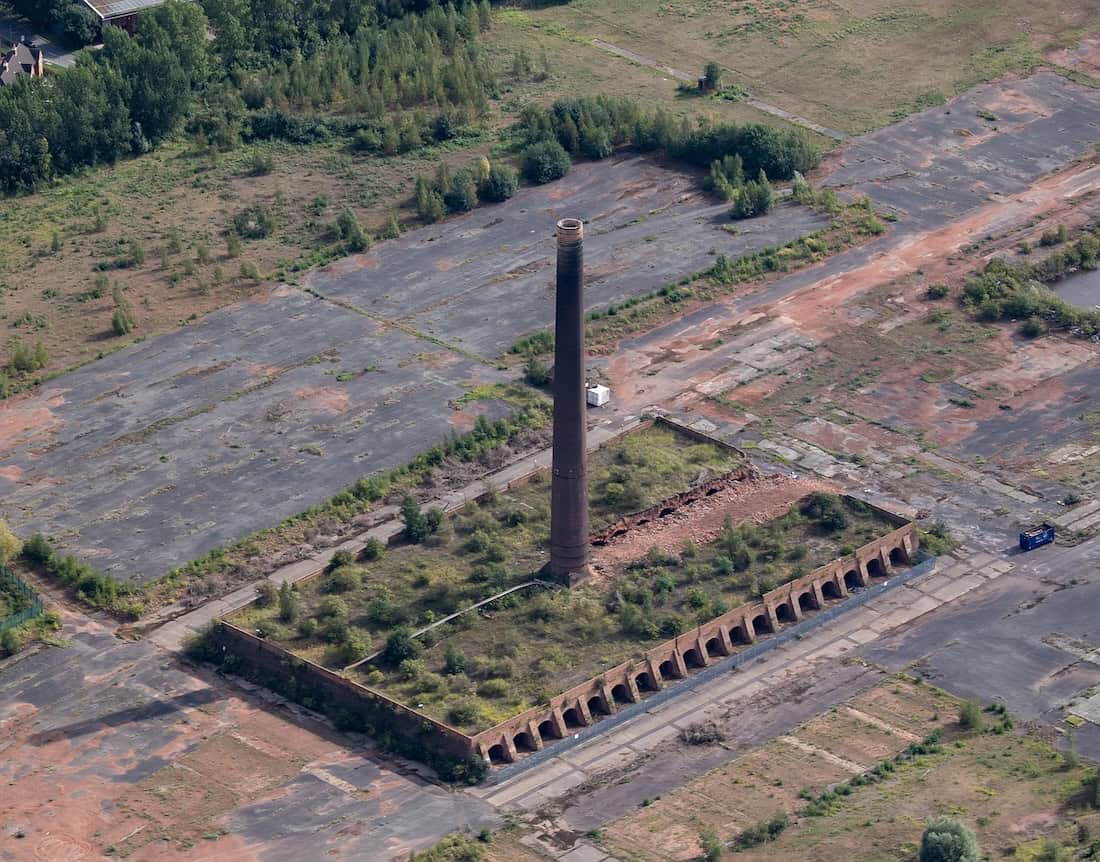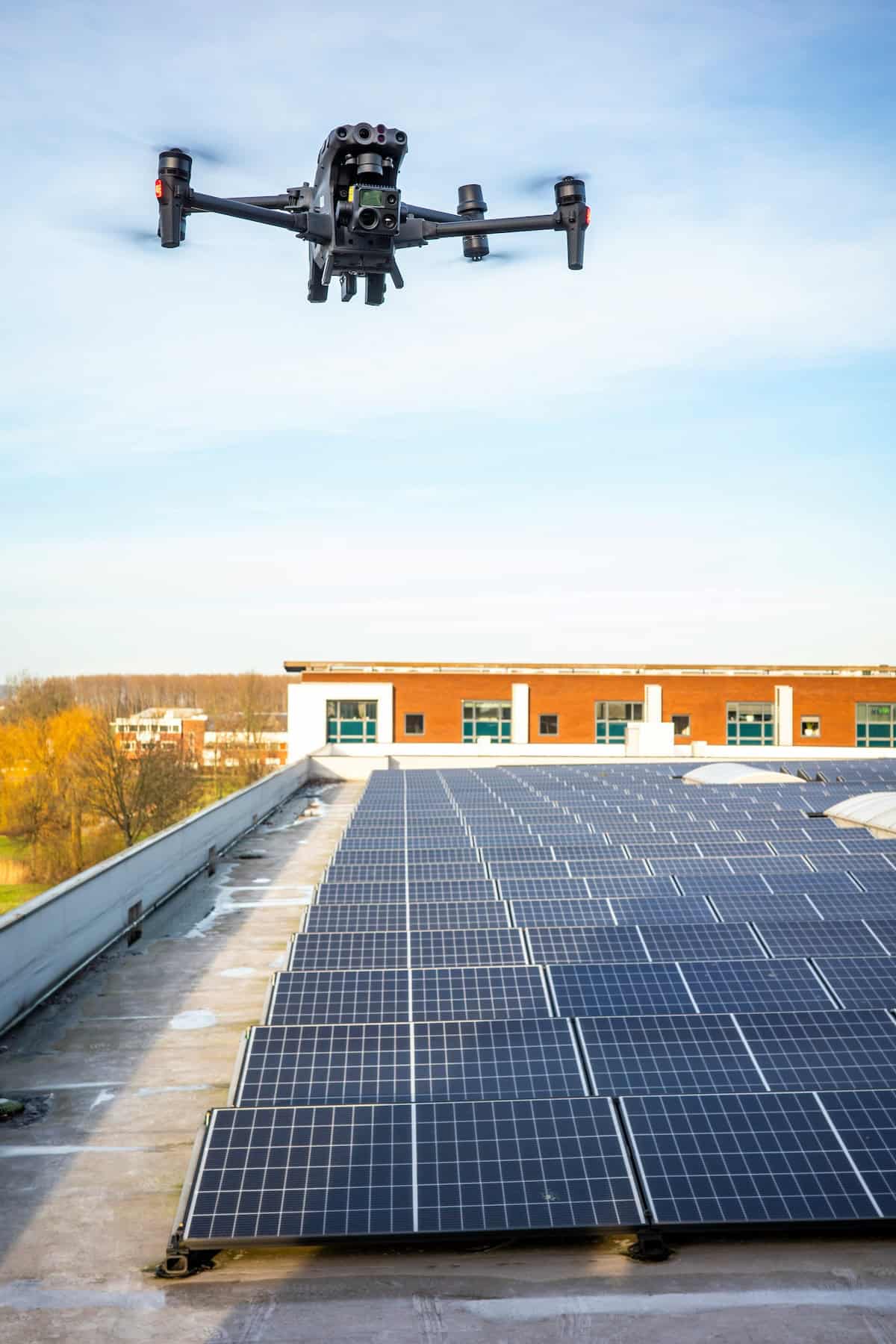Drone Surveys serve a wide range of applications including:
- Topographic Surveys:
Mapping terrain and landscape features for planning and analysis. - Building Inspections:
Evaluating the condition of roofs, facades, and other structural elements. - Land Surveys:
Defining property boundaries and measuring land areas with precision. - Construction Site Monitoring:
Tracking project progress, managing logistics, and ensuring safety compliance. - Infrastructure Assessment:
Inspecting critical assets such as bridges, power lines, and transportation networks. - Environmental Monitoring:
Observing vegetation, water resources, and other ecological indicators.




